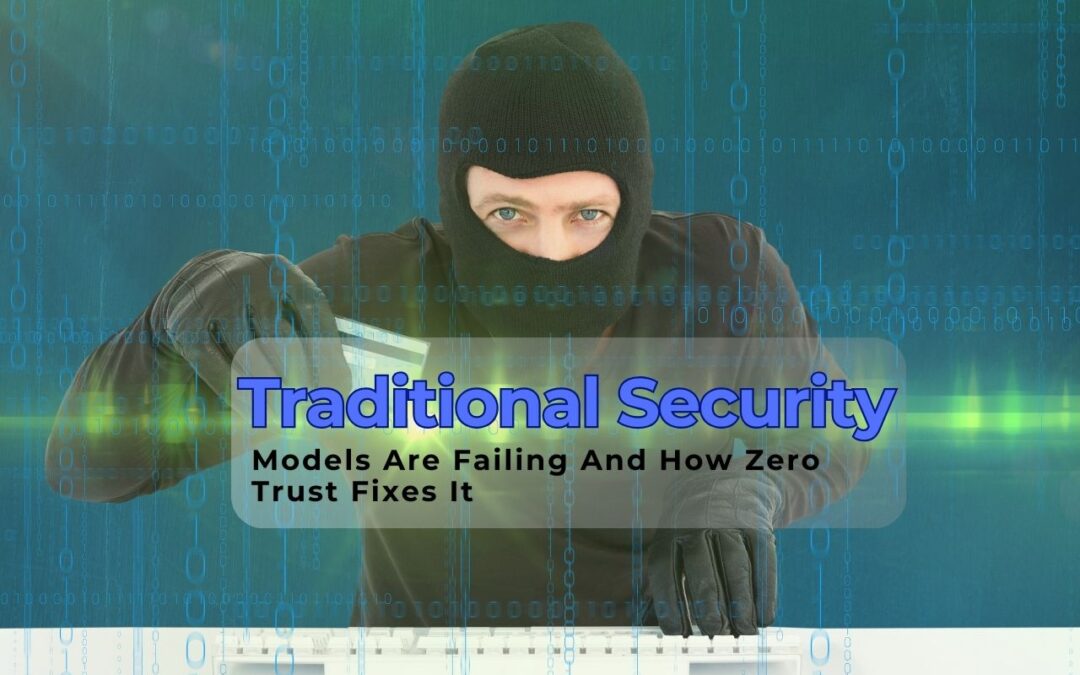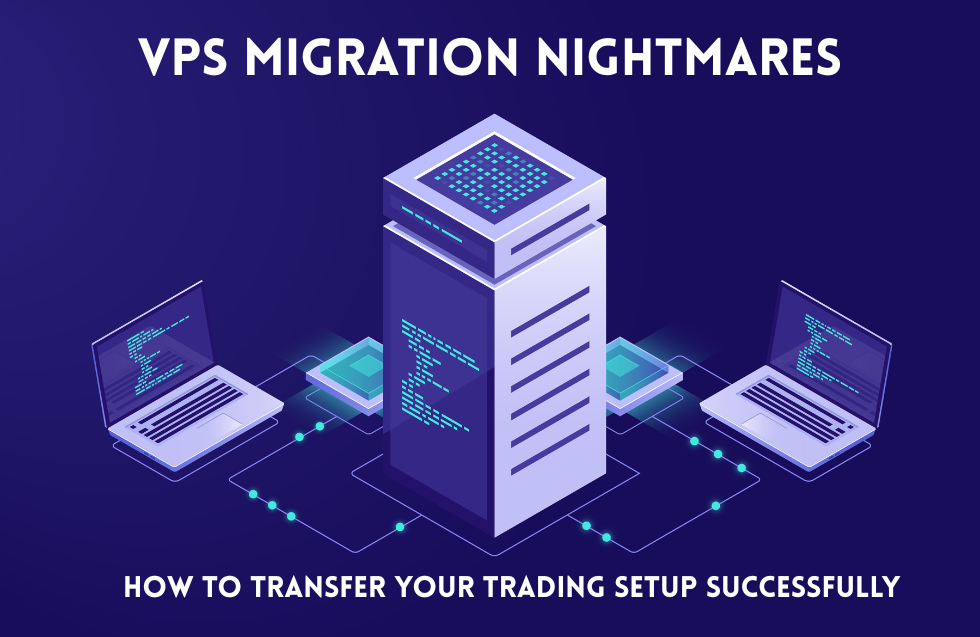In a world where cyber threats are advancing faster than ever, traditional security models are no longer enough. What once worked — castle-and-moat defense, perimeter firewalls, and basic authentication — now leaves businesses dangerously exposed. Today’s enterprises must rethink their approach, and that’s where Zero Trust Architecture comes in.
Let’s dive deeper into why the old models are crumbling — and how Zero Trust is the future.
Why Traditional Security Models Are Failing
- Perimeter-Based Thinking is Outdated
Traditional security strategies focus on securing the perimeter: if you’re “inside” the network, you’re trusted; if you’re outside, you’re not. But in today’s digital environment — with remote work, cloud services, and mobile devices — there is no clear perimeter anymore. Attackers can breach one weak point and move laterally across the entire network. - Implicit Trust Leads to Massive Breaches
Once inside, users or attackers often have free rein. Traditional models grant broad access after a single verification step (like logging into a VPN), which means if credentials are compromised, the damage can be catastrophic. - Sophisticated Threats Are Evolving
Cybercriminals aren’t relying on brute-force attacks alone. They’re using advanced tactics like phishing, social engineering, supply chain attacks, and ransomware-as-a-service. Traditional models aren’t agile enough to detect or block these multi-faceted attacks. - Cloud Adoption Creates Complexity
Businesses are moving critical operations to the cloud, yet traditional security wasn’t designed for hybrid and multi-cloud environments. Managing security across multiple platforms with old tools increases complexity and creates gaps. - Insider Threats Are Growing
Employees, contractors, and third-party vendors all pose risks — whether intentional or accidental. Trusting internal actors without continuous verification opens up dangerous vulnerabilities.
How Zero Trust Fixes These Problems
Zero Trust flips the traditional model on its head with a simple but powerful principle:
🔒 “Never trust, always verify.”
Here’s how it addresses the failures:
- Every Access Request is Verified
Zero Trust enforces strict identity verification every time a user or device tries to access resources, regardless of where they are — inside or outside the network. Multi-Factor Authentication (MFA), device posture checks, and behavioral analytics are core components. - Least Privilege Access is Standard
Users get only the access they need, and nothing more. Micro-segmentation and granular access controls limit lateral movement even if an attacker gets in. - Continuous Monitoring and Assessment
Access isn’t granted indefinitely. Continuous real-time monitoring ensures that every session, behavior, and activity is evaluated for risk. If suspicious activity is detected, access can be revoked automatically. - Designed for Cloud and Remote Work
Zero Trust is built for a borderless world. Whether users are working remotely, accessing SaaS apps, or managing hybrid cloud environments, Zero Trust maintains robust security without relying on outdated perimeter defenses. - Reduces Insider and Third-Party Risk
With constant verification and strict segmentation, even trusted insiders are limited in what they can access — minimizing the risk posed by internal threats.
Zero Trust Isn’t a Product — It’s a Strategy
It’s important to note: Zero Trust isn’t something you can buy and install overnight.
It’s a strategic mindset backed by a set of technologies — including Identity and Access Management (IAM), Endpoint Detection and Response (EDR), Security Information and Event Management (SIEM), and network segmentation.
Adopting Zero Trust means committing to a new security culture — one that assumes breaches will happen, and proactively minimizes damage.
Final Thoughts
Traditional models were built for a different time — one of centralized offices and closed networks.
Today’s threat landscape demands adaptive, intelligent, and relentless protection.
Zero Trust isn’t just the next trend; it’s the foundation for secure digital transformation.
Organizations that embrace Zero Trust are building a future where security is proactive, not reactive — and where trust is always earned, never assumed.
Are you ready to make the shift?












